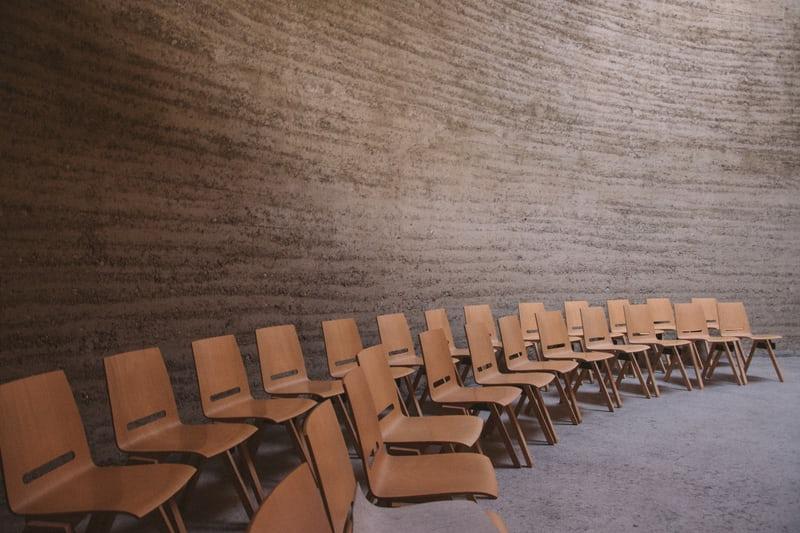It’s common practice for college educators to lecture students in their classroom. Yet some theories indicate that this format may be the least effective way for students to learn and retain information. As such, it’s important to consider alternatives to lecture in higher education to improve the learning experience for college students.
The National Training Laboratory developed the “learning pyramid” or “cone of learning” that suggests that students retain only about 10% of what they hear through lecture alone. Here’s one illustration of what the pyramid looks like:
While dissenters question the accuracy of this model, it does encourage educators to consider how alternatives to lecture in higher education might enhance learning and retention. On the whole, research does confirm that active learning supports overall learning better than large group teaching methods.
Flipped Classroom
Popularized by Kahn Academy, the flipped classroom model encourages students to learn assigned material outside the classroom and then come prepared to discuss what they learned inside the classroom. Professors facilitate conversations rather than leading from up front. This type of experience incorporates more active learning modalities as alternatives to lecture in higher education.
Do you work in higher education? Visit our For Schools page to learn how BetterYou can help your student population get an average of 30 more minutes of sleep per night and 1,000 more steps per day.
Project-Based Learning
For those who like hands-on or interactive learning, projects provide a way for college students to more actively engage in their classwork. Whether students work independently or in groups, this kind of learning engages critical thinking, creative problem-solving, cooperation, and personal responsibility. When considering the alternatives to lecture in higher education, high schools and colleges have found success with this approach.
Group Problem Solving
Presenting a problem to be solved to the small groups of students can be an engaging alternative to lecture in higher education. Breaking students into small groups to discuss a question and arrive at a solution stimulates creative thinking, compromise, and teamwork. This also prevents the silence that often ensues when a professor asks a question to the class as a whole and the awkwardness that follows.
Use Case Studies
Connecting student learning to real life situations will engage students in the learning process more effectively than large group teaching. Allowing students to connect the dots between what they’re doing in the classroom and its application lends itself to better engagement and interest in their area of study. Students can work independently or in small groups to evaluate the case study and provide an opportunity for rich discussion and debate.
Field Trips
Field trips aren’t just for young learners. Opportunities for college students to venture into the community to see their field of study come to life is another one of the active alternatives to lecture in higher education. Students may seek out internships and job opportunities as a result of seeing their work in action and it helps them connect their study to their post-college life. Virtual field trips are an option as well and provide a safe and effective alternative to on-site visits.
Whether the learning pyramid holds water or not, research does support the need for alternatives to lecture in higher education. Active learning better supports long term retention and student engagement during their college years.
